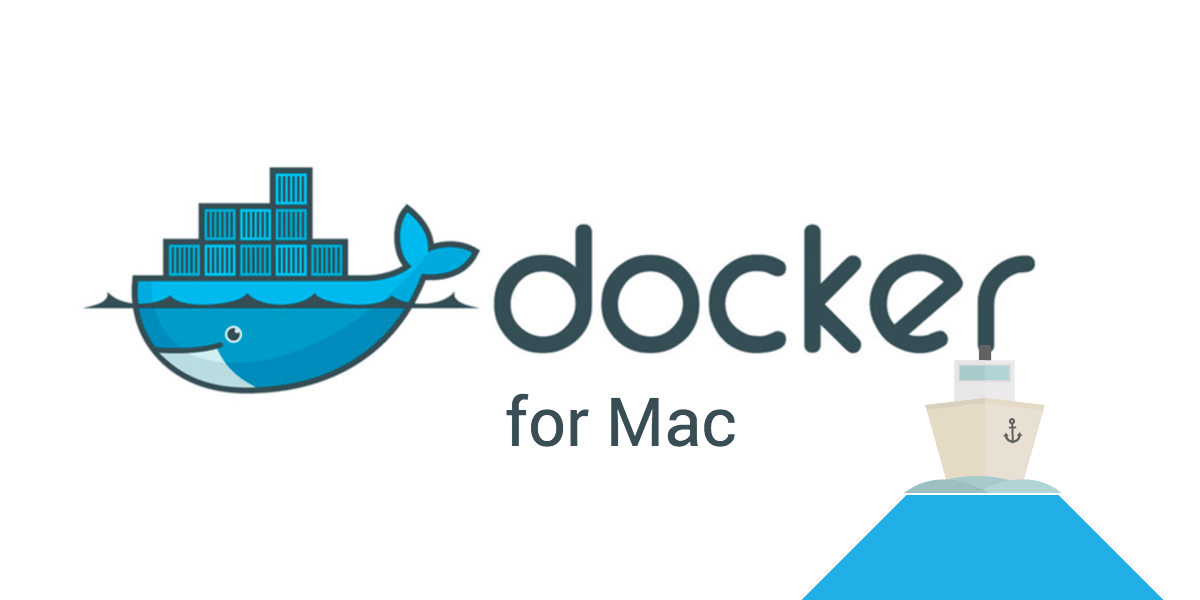

Assume that we’re adamant to keep port 3000 for NodeJS backend, so the port change should be applied to React. Consequently, we need to resolve this port conflict by changing one of the ports. The default port used by Express is 3000, the same default port used by ReactJS development server. Let’s say we build a RESTful service for the backend using NodeJS and Express. To see the app in action, we open the browser and navigate to But here is where stuff can be somewhat tricky. – use with npx $ npx create-react-app my-awesome-appĪfter the project is created, we can run the app in development mode with the omnipresent command: $ npm start – use with npm $ npm init react-app my-awesome-app



Given this nature, create-react-app is less assumed a boilerplate and more of a toolkit.Ĭreating a base React project with create-react-app is as simple as typing a one line command: $ yarn create react-app my-awesome-appĪnd it comes with other variants, to satisfy different flavors preferred by the developers: Among the available choices is create-react-app, a React bootstrapping utility that takes care the laborious tasks of setting up a React project without much intervention about how the project should be structured. The MIT license is a more commercial friendly license compared to the BSD + patents license that was previously used by React.Ĭreating a frontend project is easy with the help of scaffolding tools and boilerplates. React was relicensed into MIT license almost a year ago, which only catapulted its popularity into a new high. Introduced to the public five years ago, React has transformed into a library of choice for a lot of frontend developers that is easily certified by the enormous stars at its Github page (more than 100,000 stars). If you are doing frontend development nowadays, you may have heard about ReactJS or may be actively using it in your projects.


 0 kommentar(er)
0 kommentar(er)
